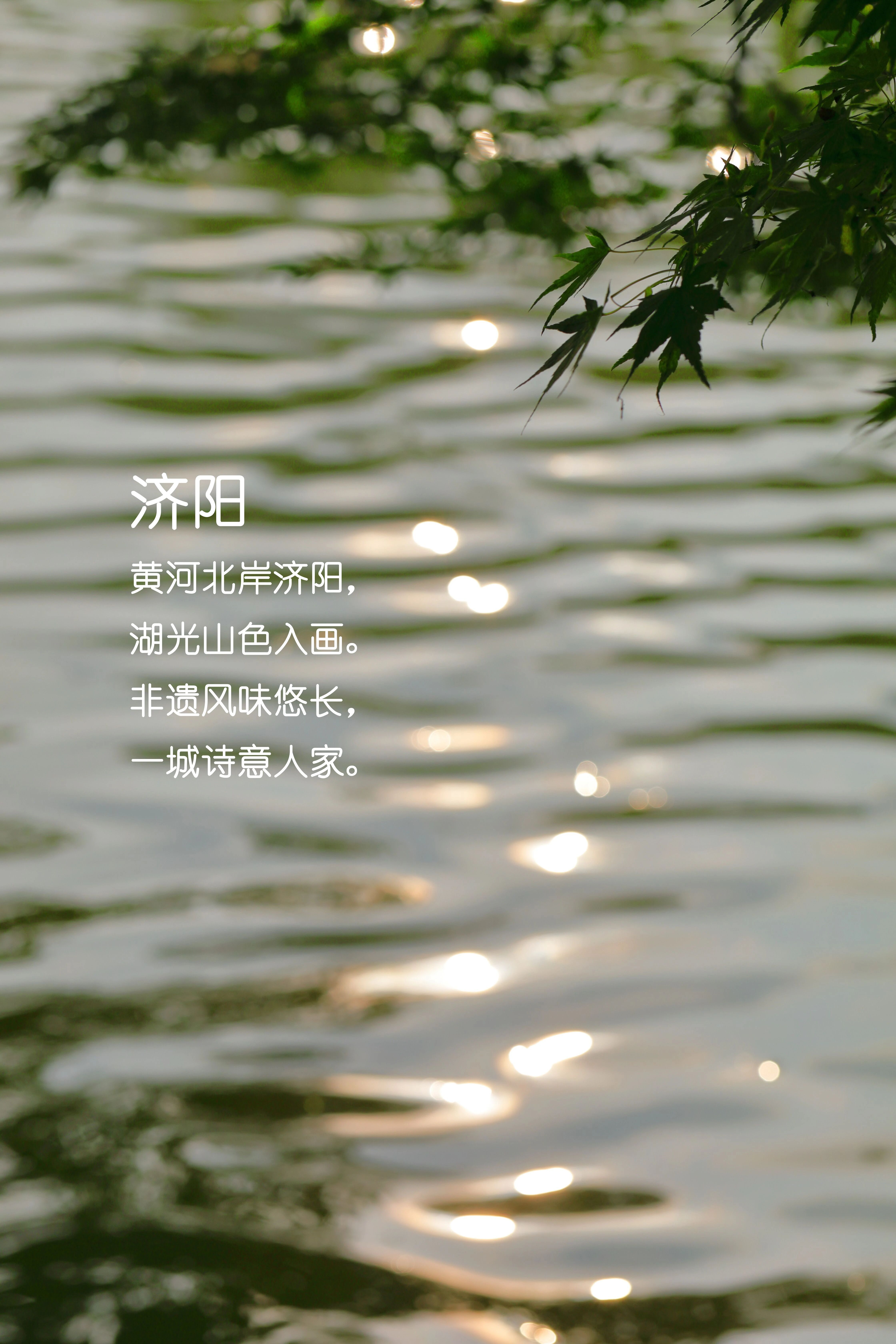MoMA publishes book on Japanese structural design 莫马出版关于日本结构设计的书
2019-09-02 10:58
Featured in the book: Interior view of the Fureai Dome, Nagano Prefecture by Kawaguchi Mamoru (architect and engineer), completed 1997. Photography: Kenta Mabuchi. Kenta Mabuchi under CC BY-SA 2.0, via Wikimedia Commons
A new publication from MoMA shines light on the role that structural engineers play in the burst of experimental architecture in postwar Japan. Through essays, images and conversations it traces a lineage of internationally-minded engineers, collaborating effectively, exchanging ideas with architects and mentoring younger generations.
现代建筑学会的一份新出版物揭示了结构工程师在战后日本实验性建筑爆炸中所扮演的角色。通过论文、图片和对话,它可以追溯出具有国际意识的工程师的血统,有效地进行合作,与建筑师交流想法,并指导年轻一代。
Charting Japanese structural design from 1950 to today, the book prides itself in a scholarly yet accessible approach to the largely unexplored subject. Visual material including archival and contemporary photography is sure to attract new audiences. Texts by Japan’s leading structural engineers will also appeal to experts in the field.
从1950年到今天,在日本的结构设计制图中,该书以其独特的学术和可访问的方式,在很大程度上未被探索的学科中脱颖而出。包括档案和当代摄影在内的视觉材料肯定吸引新观众。日本领先的结构工程师的文本也将吸引该领域的专家。
The cover of the book featuring exterior view of the Fuji Pavilion, Expo ’70, Osaka by architect and engineer Kawaguchi Mamoru, completed 1970. Courtesy Kawaguchi - Engineers
由建筑师和工程师KawaguchiMauru在1970年完成的“富士馆、博览会”70、Osaka的外视图的书的封面,由Kawaguchi提供。
Based on a 2016 symposium held at The Museum of Modern Art during the exhibition ‘A Japanese Constellation: Toyo Ito, SANAA, and Beyond’, the content features a series of in depth essays and roundtable discussions. It’s here where the inter-generational journey of knowledge can be traced – through the experiences of working architects and engineers who have participated with and learnt from the 20th century practitioners first-hand.
根据2016年在“日本星座:ToyoITO,Sanaa,以及除此之外的日本星座”展览期间举行的2016年专题讨论会,该内容有一系列深入的文章和圆桌讨论。在这里,知识的跨代过程可以通过参与和从20世纪实践者亲身参与和学习的工作建筑师和工程师的经验来追踪。
Editor Guy Nordenson, a structural engineer in New York and professor at the Princeton University School of Architecture, pulls out the ‘lineages’ highlighted in the title: Structured Lineages: Learning from Japanese Structural Design. And gives special focus to the work of Kawaguchi Mamoru, Kimura Toshihiko, Matsui Gengo, Saitō Masao, Sasaki Mutsurō, and Tsuboi Yoshikatsu.
纽约建筑工程师Nordenson的编辑盖伊·诺登森(GuyNordenson)提出了标题:结构化的谱系:从日本的结构设计中学习的“谱系”。并特别关注KawaguchiMamoru、KimuraToshihiko、MatsuiGene、SaitinaMasao、SasakiMutuang和TsuboiYoshikatsu的工作。
The book argues for more credit to be given to these collaborative spirits, who created the best circumstances for the innovation that defined the Japanese architectural scene from the late 20th century until today. §
本书主张对这些协作精神给予更多的信任,他们创造了从20世纪后期到今天日本建筑场景的创新的最佳环境。?
圣玛丽教堂的内部视图,由TangeKenzin(建筑师)和TsuboiYoshikatsu(工程师)于1964年完成的东京大教堂。摄影:摩洛。Morio在CC-BY-SA-3.0的基础上,来自于1964年完成的由TangeKenzin(建筑师)和TsuboiYoshikatsu(工程师)在东京圣玛丽教堂的内部视图。摄影:摩洛。基于CC-BY-SA-3.0的Morio,来自WikiMediaCommons
日本展览馆,日本现代艺术博物馆,由吉村俊藏展出,1954-55年展出.摄影:松美秀一,由现代艺术馆建筑设计部提供。Soichi Sunomi/现代艺术博物馆,纽约日本展览馆,现代艺术博物馆,由Yoshimura俊佐展出,1954-55年展出。摄影:松美秀一,由现代艺术馆建筑设计部提供。Soichi Sunomi/纽约现代艺术博物馆
第12届世界兰花会议馆,神奈川地区内景由村田裕宅(建筑师)和川口曼摩鲁(工程师)完成,1987年完成。摄影:川口,马莫鲁。礼貌川口
世博‘70富士集团馆,日本大阪,由川口木木郎,建筑师和工程师,完成1970年。摄影:川口,马莫鲁。礼貌川口
 举报
举报
别默默的看了,快登录帮我评论一下吧!:)
注册
登录
更多评论
相关文章
-

描边风设计中,最容易犯的8种问题分析
2018年走过了四分之一,LOGO设计趋势也清晰了LOGO设计
-

描边风设计中,最容易犯的8种问题分析
2018年走过了四分之一,LOGO设计趋势也清晰了LOGO设计
-

描边风设计中,最容易犯的8种问题分析
2018年走过了四分之一,LOGO设计趋势也清晰了LOGO设计


































